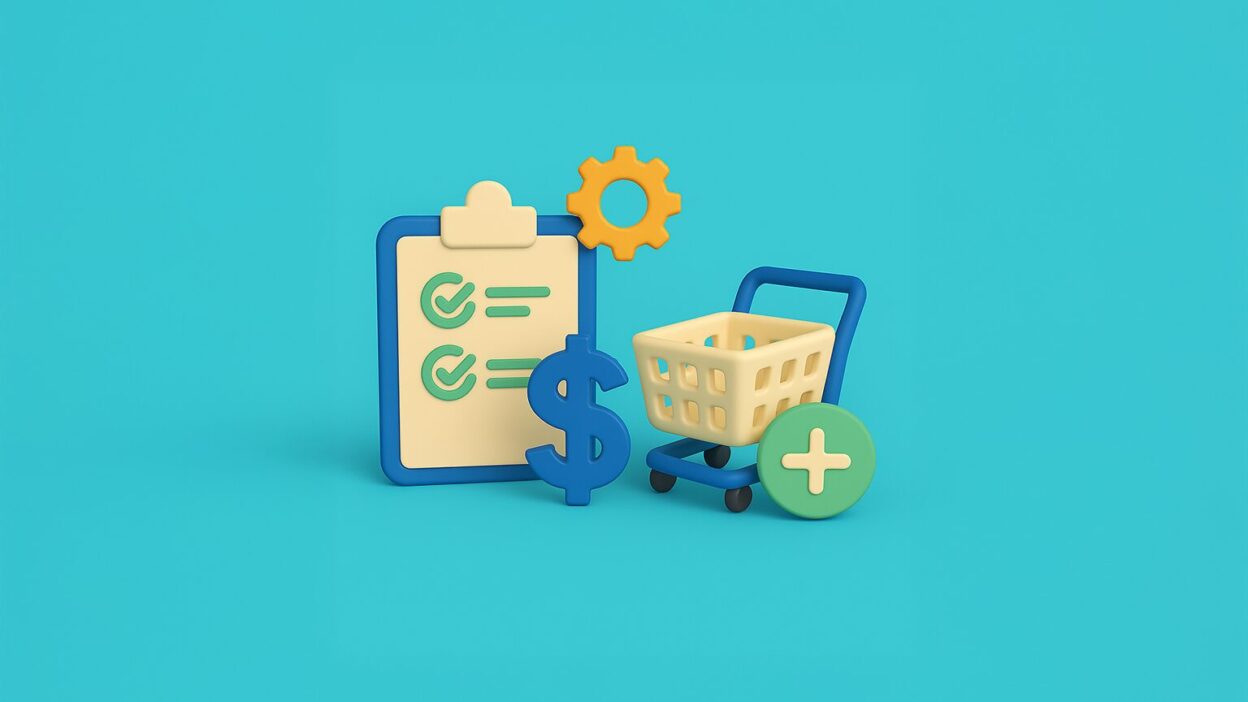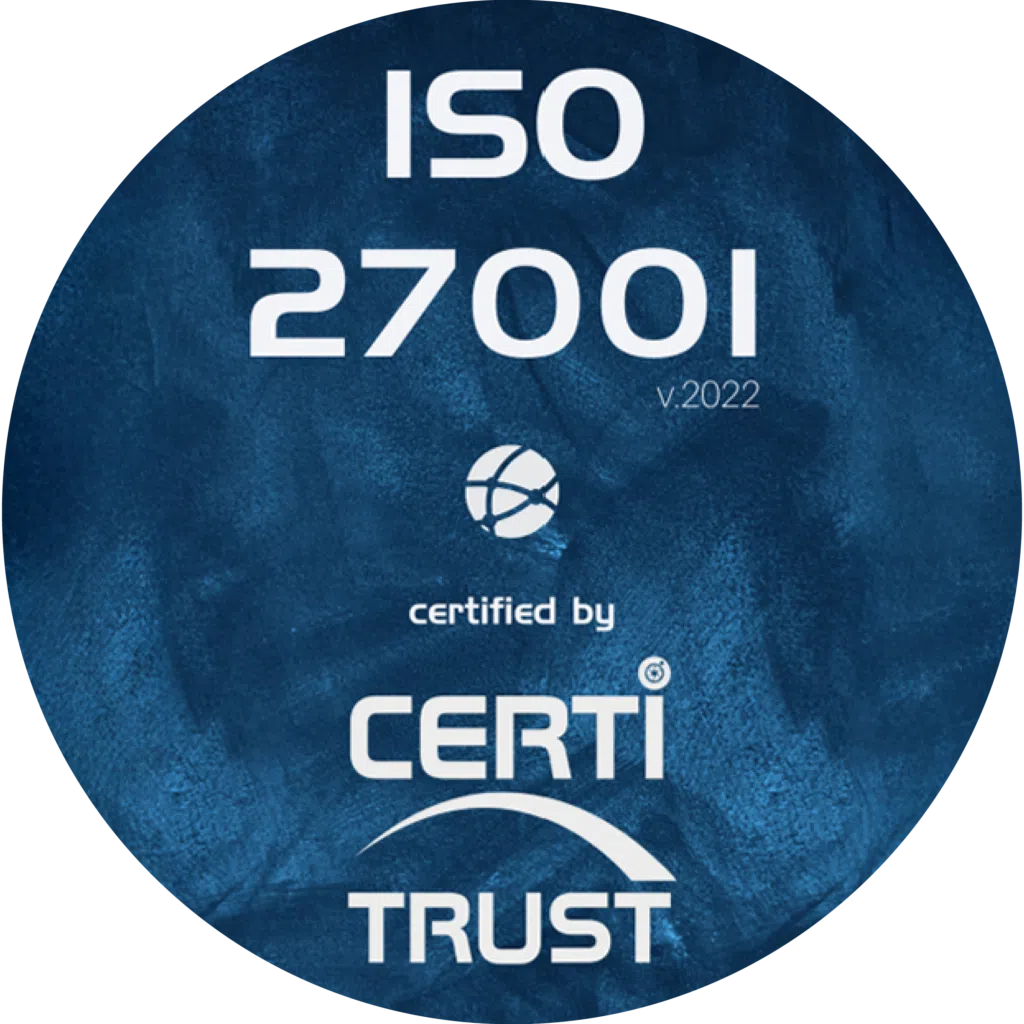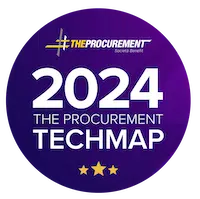Who hasn’t heard of Make or Buy, an American theory that is often rhetorical when applied to oneself, but which takes on its full meaning in business when a difficult purchase has to be made? Whether it’s an investment or a simple purchase, this question becomes legitimate as soon as the company’s finances are involved.
What is the origin of this business strategy, which is now used at every turn? What are its advantages and disadvantages once you delve deeper into the concept? And above all, how can you make the most of this strategy to make the right business choices?
Let’s take a step-by-step look at how to make your future projects a success.
The origins of Make or Buy
The concept
Make or Produce in-house : In-house production means that the company chooses to manufacture a product or provide a service using its own resources and capabilities. This approach allows direct control over every aspect of the production process, from the quality of the raw materials to the finishing of the product. In-house production can also encourage innovation and customisation to meet the company’s specific needs.
Buy or Outsource : Outsourcing involves purchasing products or services from external suppliers. This allows the company to focus on its core competencies while benefiting from the expertise and specialist capabilities of suppliers. Outsourcing purchasing can also offer greater flexibility, as it makes it easy to adjust production levels in line with market demand.
Its history
First of all, let’s give Robert his due. Robert Newton Anthony was the first to theorise about this strategy in his book “Management Control Systems“, which is regularly updated and is now regarded as the bible of management control. He sees make-or-buy as a “strategic choice to be made by each company“, with an analytical approach to decision-making. Indeed, the total cost is not only linked to the purchase price, but also to the internal organisational costs of providing the purchased service or installing the product.
Some ten years later, in 1978, in his famous article “The Productivity Dilemma“, William J. Abernathy highlighted competition as a factor in the make-or-buy decision. He suggested that companies should outsource activities that are not their core business in order to remain focused on their competitive advantage.
As a result, the make or buy strategy has become a common decision for companies, whose analysis is based on what is more advantageous between producing in-house (Make) or outsourcing (Buy) with the purchase of the desired items or services.


Industrialisation and technological advances have radically transformed the business landscape, making the outsourcing of certain functions not only possible but often advantageous. Companies have begun to specialise, entrusting certain activities to external partners capable of carrying them out more efficiently. Globalisation and digitalisation have also played a crucial role, facilitating access to international suppliers and innovative technologies, making the Make or Buy dilemma even more relevant and complex.
So what are the pros and cons of each of these concepts?
Advantages and disadvantages
Produce in-house (Make)
1. Control of the production process :
Producing in-house gives you total control over every stage of the production process, guaranteeing consistent quality and enabling you to adapt your methods quickly to changing needs.
2. Protection of intellectual property :
In-house production means that trade secrets and proprietary technologies are better protected, reducing the risk of intellectual property being copied or stolen.
3. Vertical integration and quality control:
By vertically integrating, a company can harmonise its various operations, from the production of raw materials to final distribution, ensuring better coordination and more rigorous quality control.
Disadvantages:
Producing in-house can require high initial investment in equipment and training, and may require specific expertise that the company does not always possess. In addition, fixed costs can be significantly higher.
Outsource (Buy):
1. Reduce operational costs :
Outsourcing can often reduce costs by allowing the business to take advantage of suppliers’ economies of scale and lower labour costs.
2. Access to specialist expertise:
By outsourcing, a business can benefit from the expertise and advanced technologies of specialist suppliers, without having to invest directly in these skills.
3. Flexibility and adaptability:
Outsourcing offers greater flexibility, enabling companies to adapt more quickly to market changes without having to manage heavy infrastructures.
Disadvantages:
Dependence on suppliers can pose risks, particularly in terms of quality, delivery times and confidentiality. There may also be problems of communication and coordination between the company and its suppliers. Finally, the company has no control over certain technologies, and a change in supplier can jeopardise the organisation.
Factors to consider when making a decision
Nature of the business :
Is it central or peripheral to the company’s core mission? Core activities, which are directly linked to the company’s core competencies, are often best managed in-house, while peripheral activities can be outsourced.
Internal skills :
Does the company have the expertise required to produce in-house? If the company does not have the necessary skills, it may make more sense to outsource.
Associated costs :
A detailed cost-benefit analysis is essential. It should include direct and indirect costs, as well as potential savings and efficiency gains.
Risks:
It is crucial to assess the potential risks for each option, including quality, security, confidentiality and dependency on external suppliers.
In conclusion: Make or Buy?
The Make or Buy dilemma is a dynamic strategic issue that needs to be regularly reassessed in the light of market developments and the company’s internal capabilities. Digitalisation and globalisation have increased the complexity of this decision, but they also offer new opportunities to optimise operations. Ultimately, success depends on in-depth analysis and a flexible approach to adapting to the constant changes in the business world.
Want to learn more about our Weproc procurement management software?
Contact us or request your 15-minute demo below!









